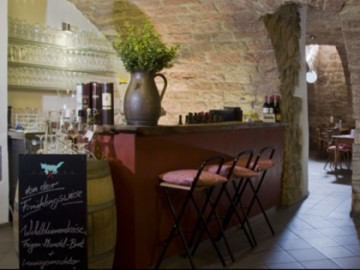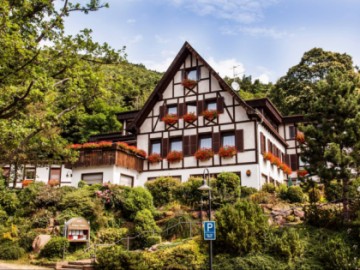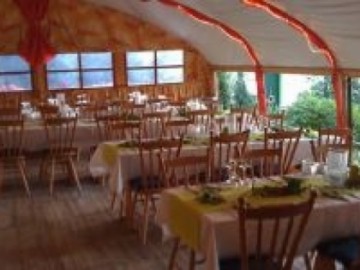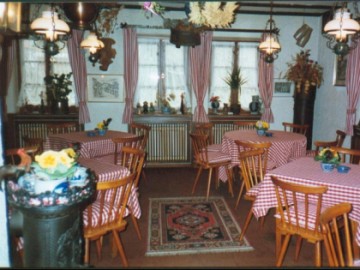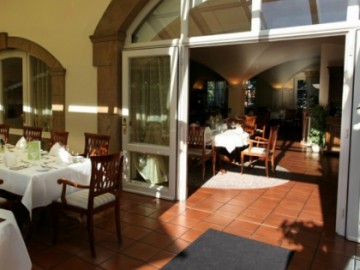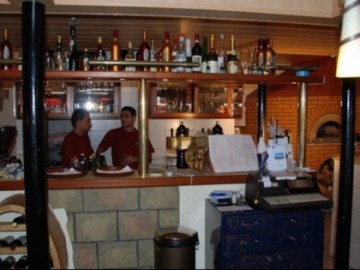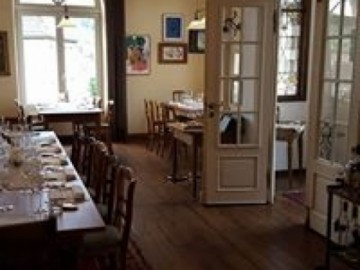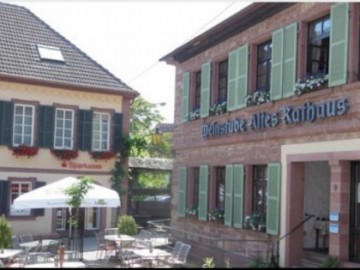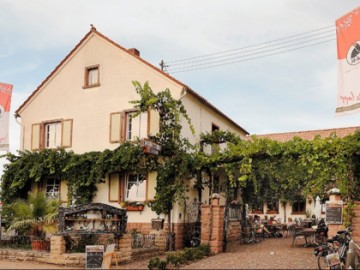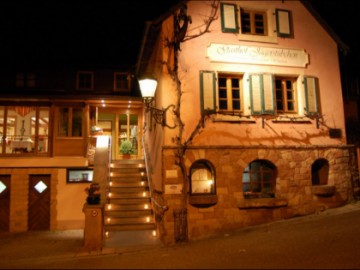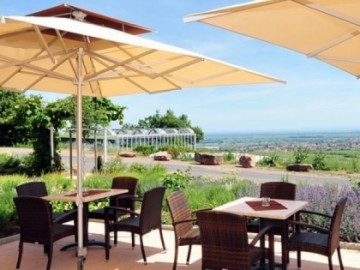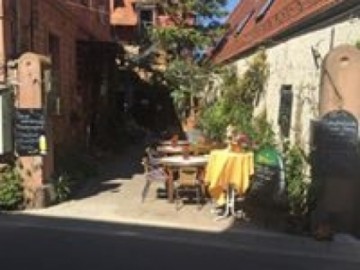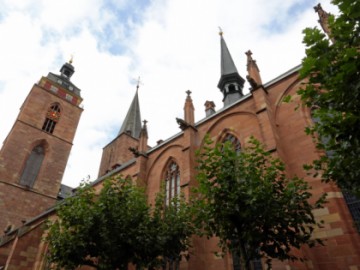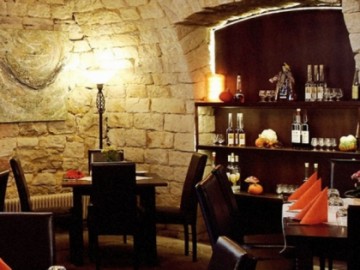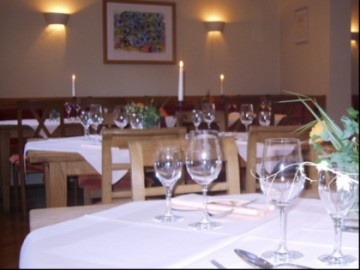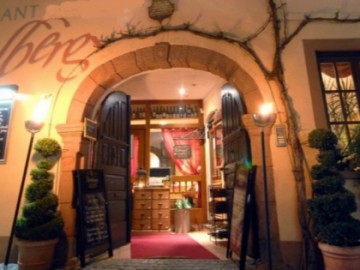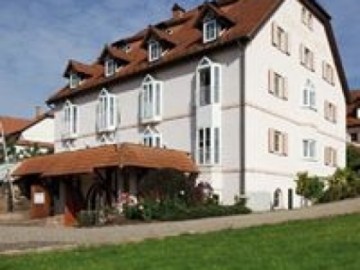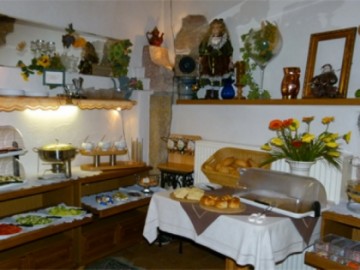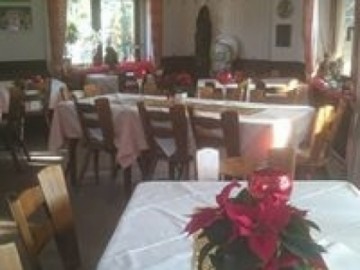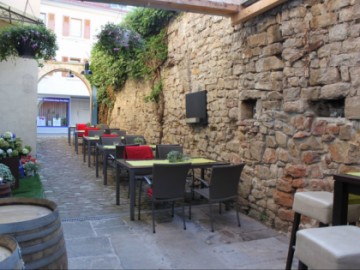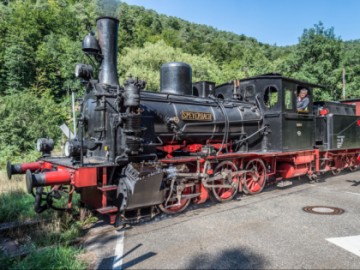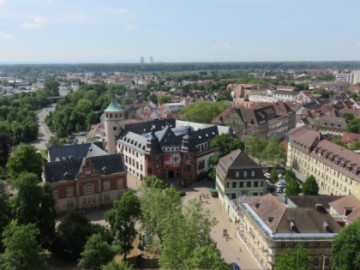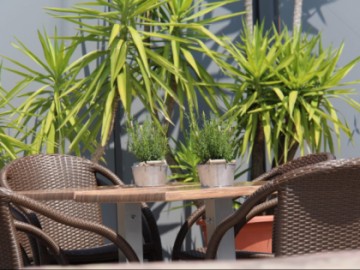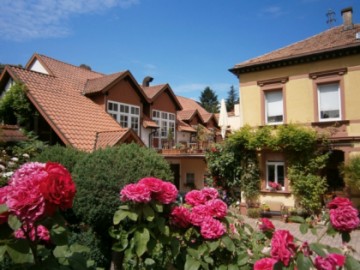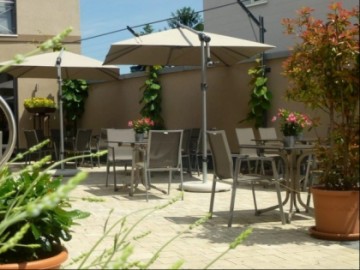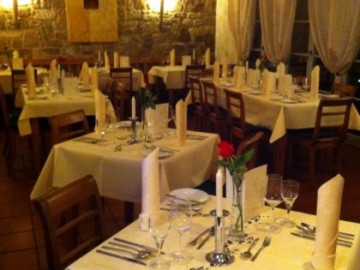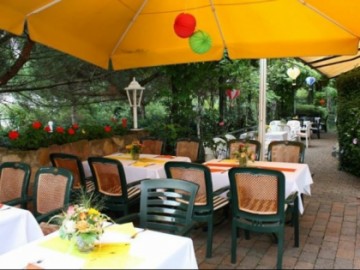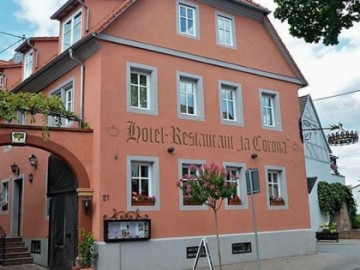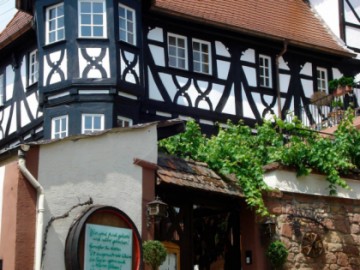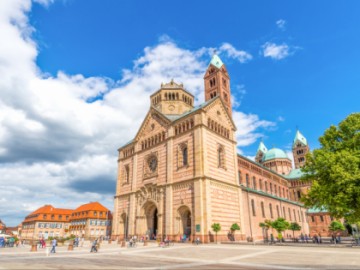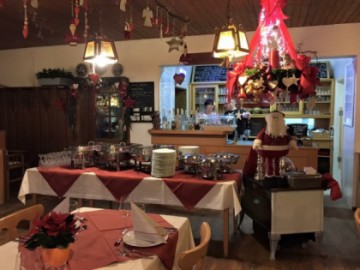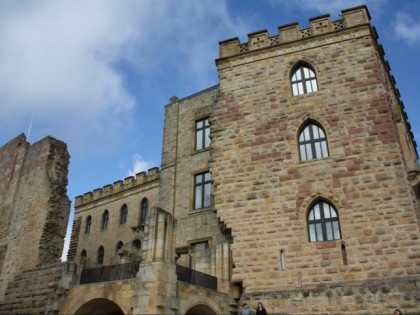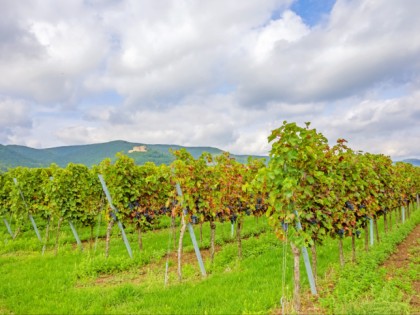Hambach Castle - German Democracy’s Cradle
Hambach Castle has many names. It was called Chestnut Castle(Kästeburg) and Maxburg. But in Germany, it is best known as the cradle ofGerman democracy. It was built on the site of an ancient Roman settlement atthe end of the XI century on the orders of Bishop Speyer Johann I. The castlewas abandoned and gradually turned into ruins starting in mid-XVI century,after a series of fires and wars.
About 30,000Germans gathered near the ruins of Hambach Castle on May 27, 1832. They stageda demonstration against the tightening policy of the Bavarian kingdom. Theirdemands included unification of the country, freedom of the press, equality, andgeneral elections. On that day the black-red-gold flag rose on the castle forthe first time. It became the symbol of freedom and unity, and in future - itbecame the national flag of Germany.
In the XXcentury, the castle was reconstructed. Since 1982, it has housed a museum-theSchloss Museum. The exposition covers the prehistory of the Hambach Fest,freedom of speech, the history of the German parliamentary system, thedevelopment of democracy in Europe. In it you can see the flag, which became thesymbol of democratic Germany. During the restoration, Swiss architect Max Dudleradded a restaurant with a panoramic terrace offering stunning views of Neustadtan der Weinstrasse to the castle’s interior.
